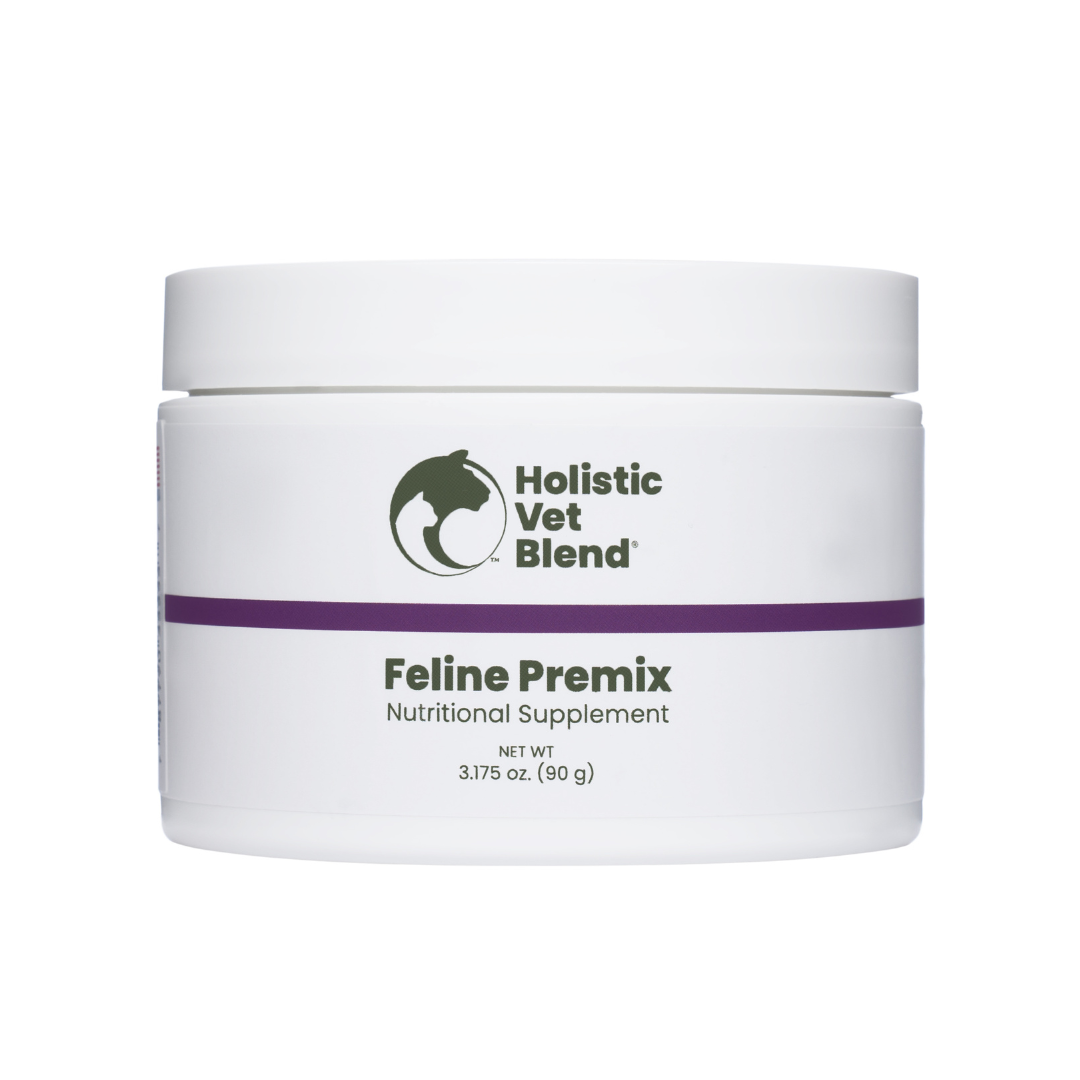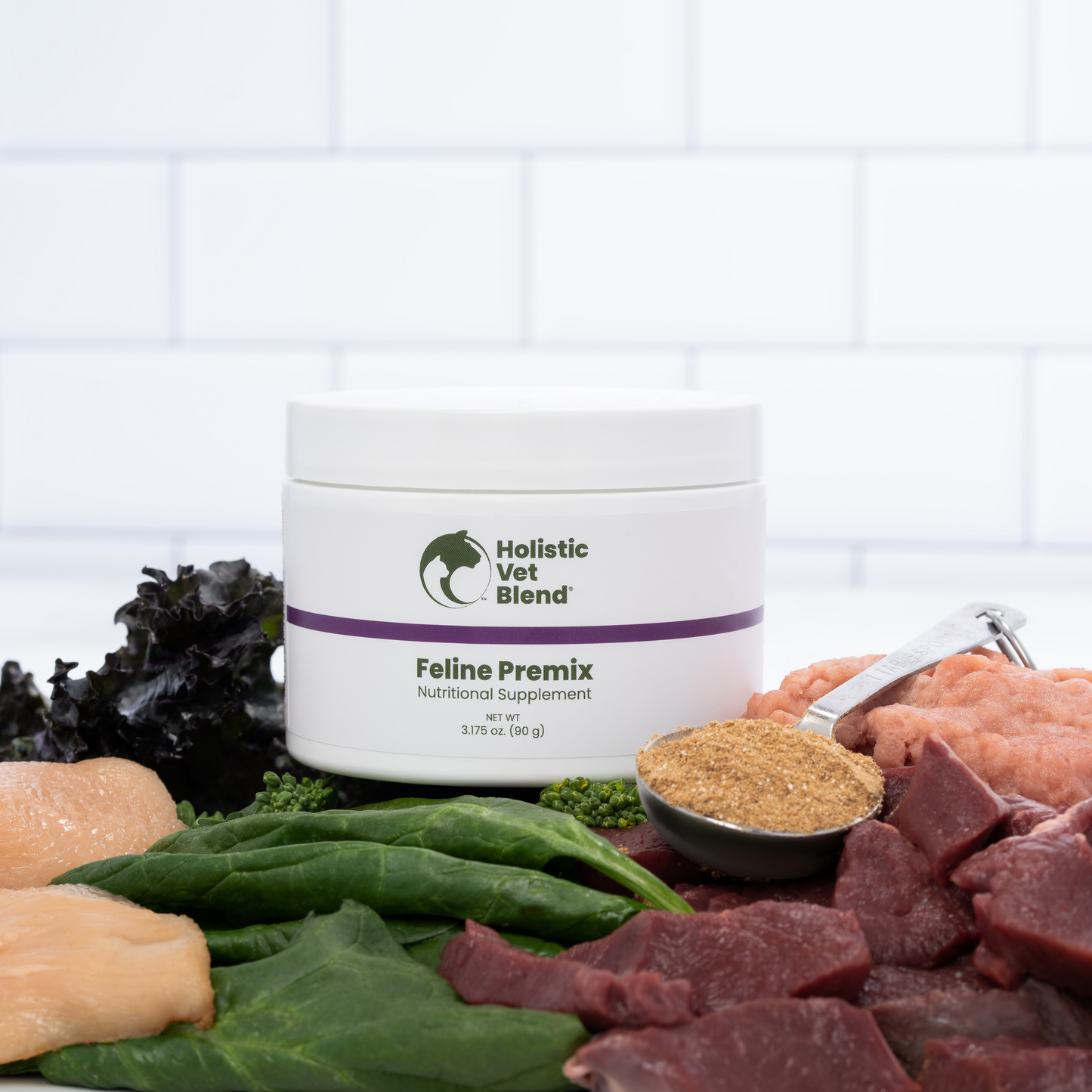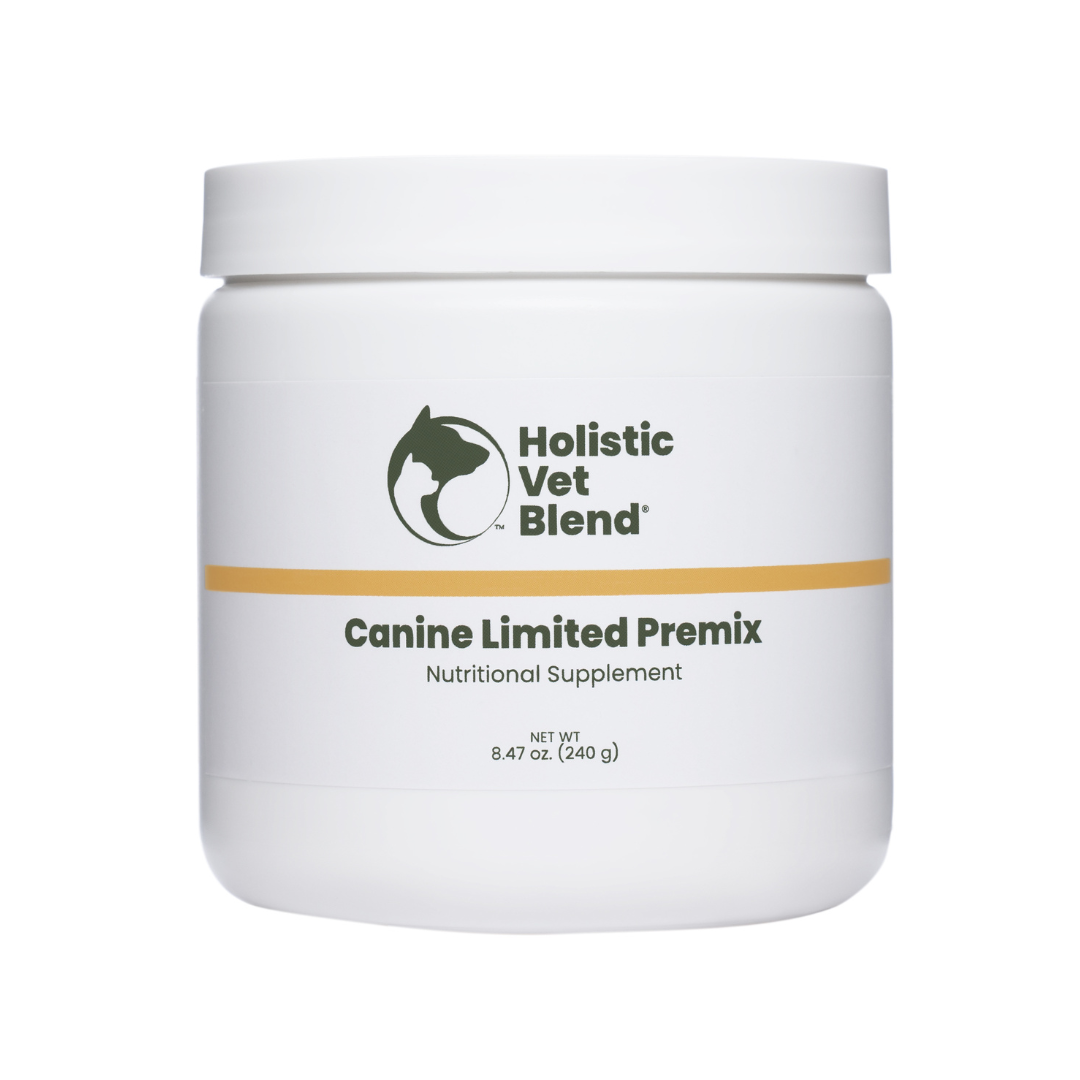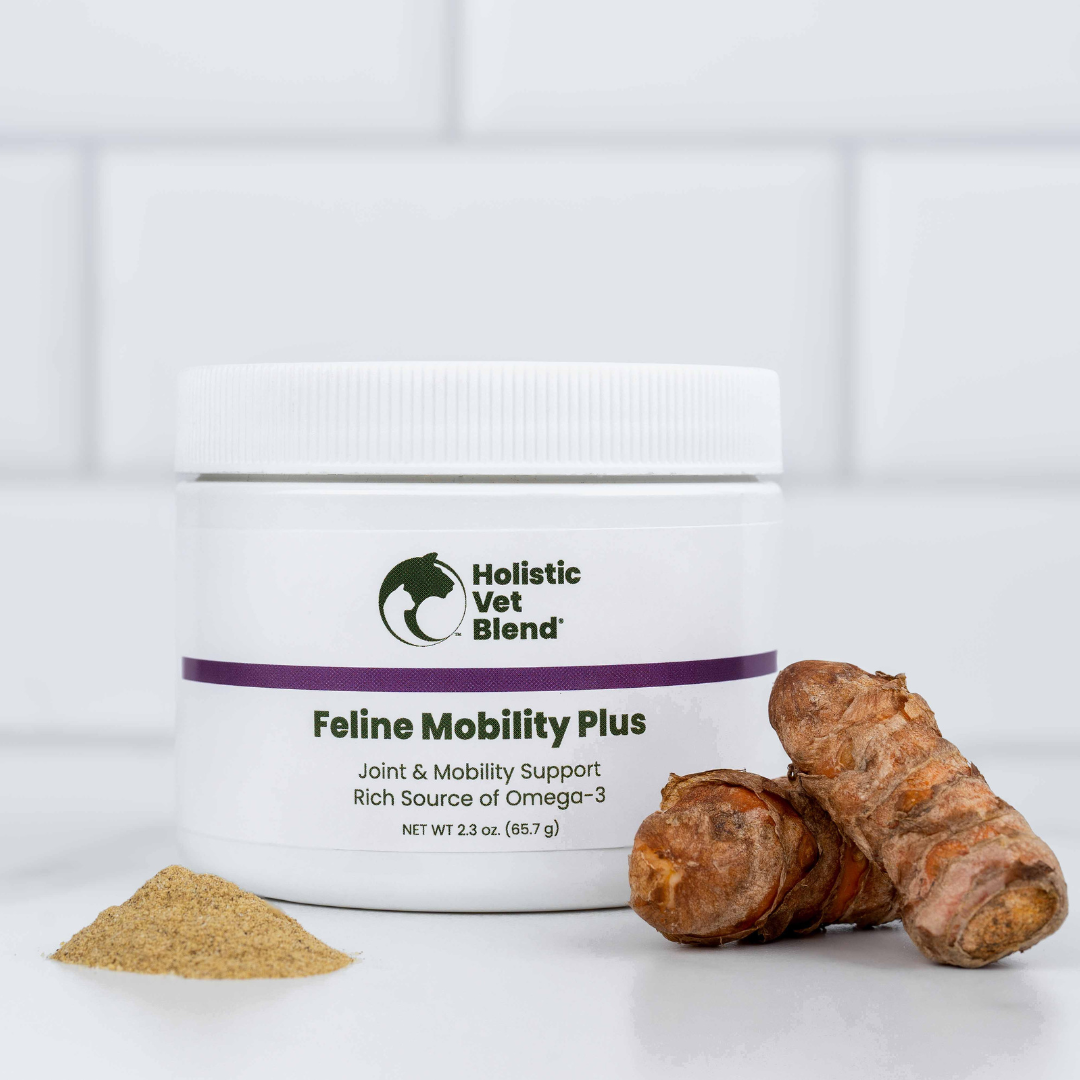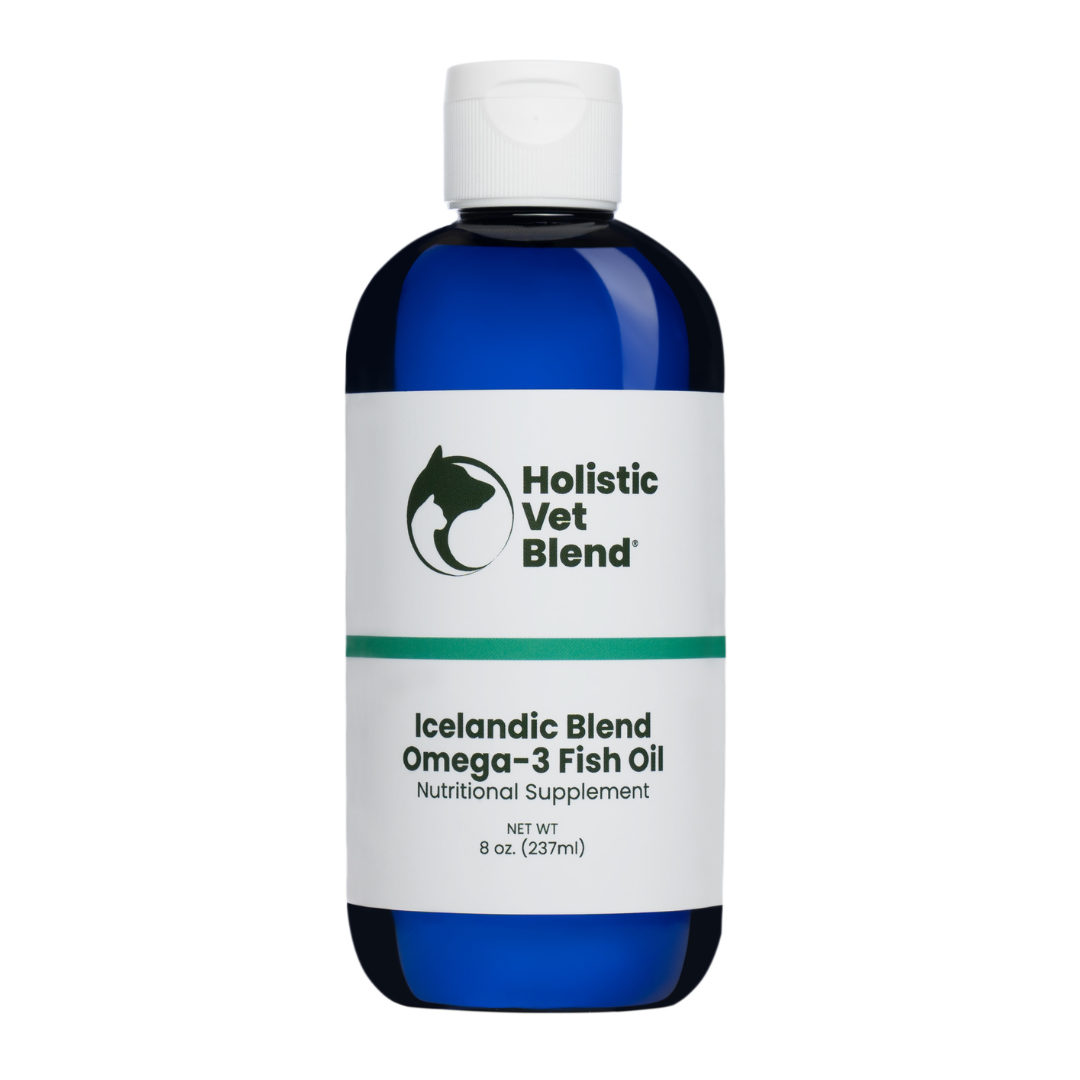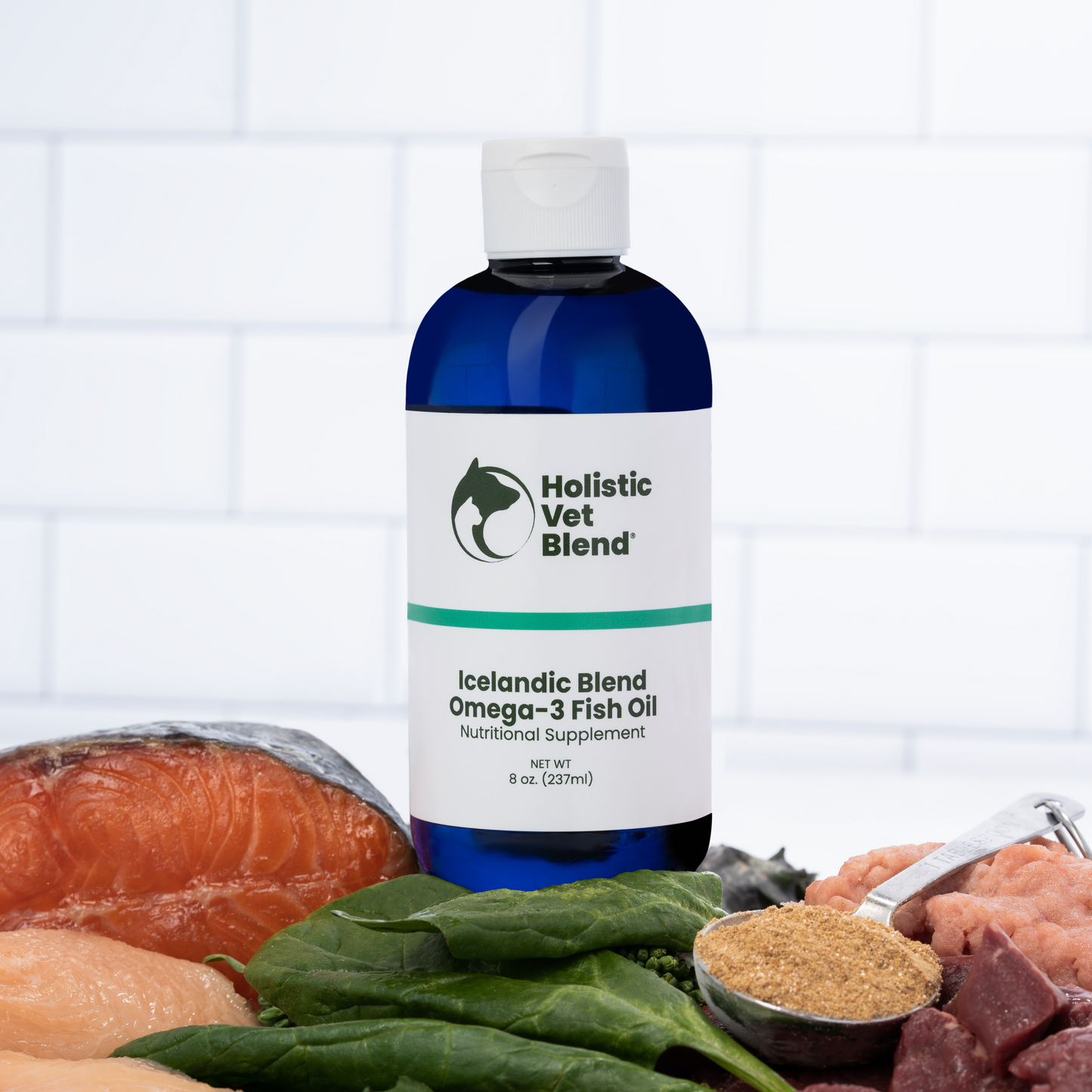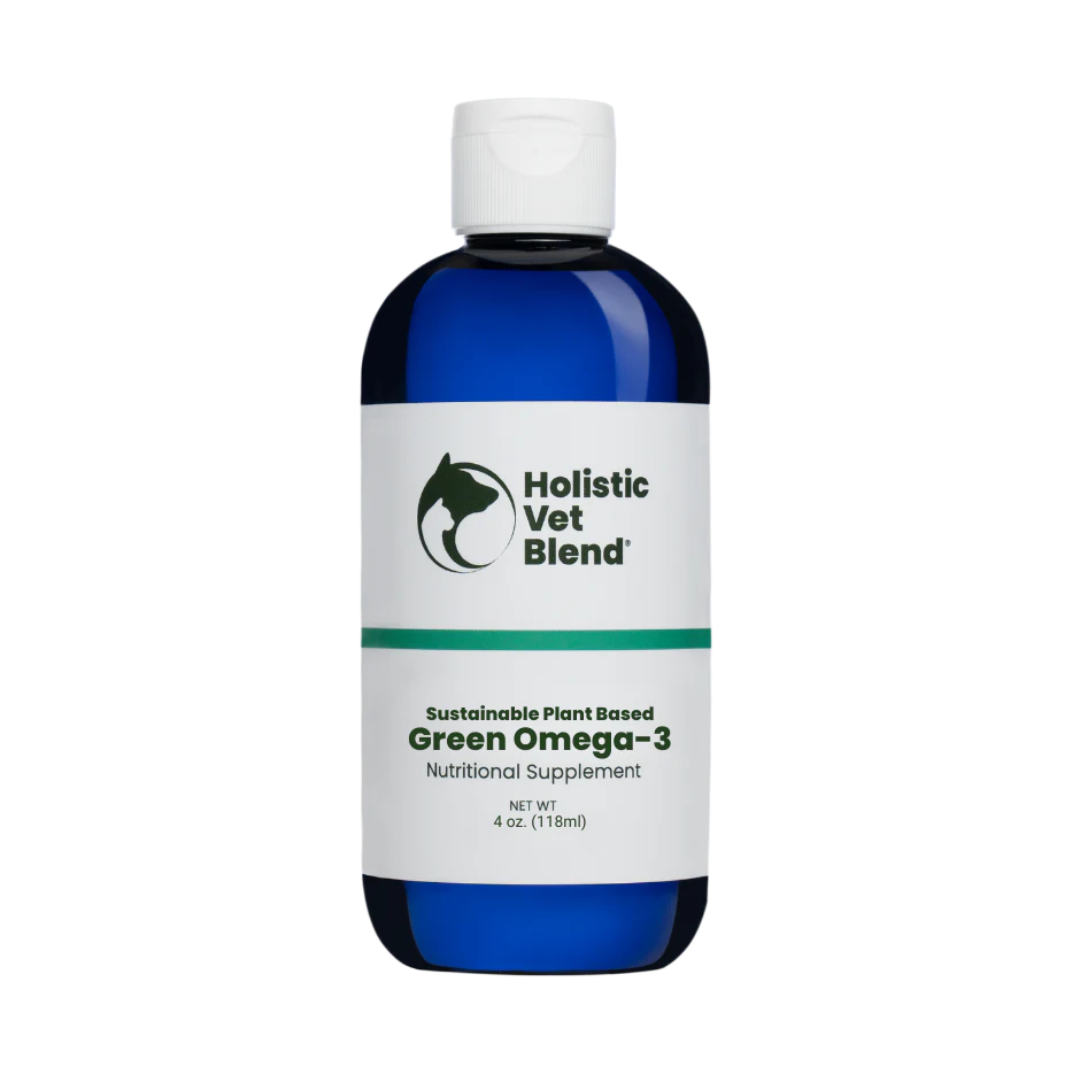
Key Blog Highlights
- Garlic is not inherently toxic; It damages red blood cell membranes in a dose-dependent fashion
- Garlic causes oxidative damage to red blood cells; eating a large amount can damage red blood cells on a larger scale, causing hemolytic anemia.
- Small amounts of garlic, such as those found in seasonings or table scraps, are unlikely to cause harm to dogs.
- It is important to recognize the signs of garlic poisoning in dogs and seek veterinary care if necessary.
The Renaissance physician Paracelsus, known as the father of toxicology, was quoted as saying, "Only the dose makes the poison." This is especially true for onions and garlic.
Introduction

Garlic is a popular ingredient in many human dishes and has been valued for its culinary and medicinal properties for centuries. However, when it comes to our furry friends, there is often confusion and conflicting information about whether garlic is harmful to dogs. Some sources claim that even a small amount of garlic can be toxic to dogs, while others suggest that it can have health benefits, including repelling fleas when given in small doses. So, what's the truth? In this blog, we will dispel some myths and provide you with accurate information about the risks and benefits of feeding garlic to dogs and why the middle ground may be to consider alternatives.

While it is true that garlic can be harmful to dogs in large quantities or on a regular basis, it is important to understand that the toxicity of garlic in dogs is dose-dependent, i.e., the poison is in the dose. This means that the amount of garlic consumed determines the severity of the poisoning. Small amounts of garlic, such as those found in broths, are unlikely to cause harm to dogs. Dogs are able to compensate for the damage to the red blood cells. However, excessive consumption of garlic, including raw garlic, can lead to a condition called hemolytic anemia, which occurs when the body cannot outpace the damage to the red blood cells. I
In my career of over 30 years, I have only seen one case where a Shih Tzu ate some fajitas with grilled onions and raw garlic and was sicker with gastrointestinal upset than he was with anemia.
In the following sections, we will explore common misconceptions about feeding garlic to dogs and whether there is evidence that it is effective in repelling fleas.
Garlic's Composition and Its Effects on Dogs

Garlic belongs to the Allium family, which includes onions, chives, and leeks. These vegetables have been studied for their potential health benefits, such as antioxidant, antifungal, and antimicrobial properties. Garlic and other members of the Allium family, such as onions, have been found to be toxic to dogs due to the presence of thiosulfate, causing oxidative damage and resulting in hemolytic anemia. Garlic is 5X more toxic than onions, chives, or leeks. Powdered, dried garlic is more potent than raw garlic.
When dogs and cats consume garlic, the active ingredients are absorbed into their bloodstream and can cause oxidative damage to red blood cell membranes. This can lead to a condition called hemolytic anemia, where the red blood cells are destroyed faster than they can be replaced. The harmful effects of garlic are primarily attributed to its potent odor, which can cause changes in the dog's stomach and digestive tract, leading to digestive upset and potential harm to the beneficial bacteria in their gut. Additionally, garlic may also support the growth of harmful bacteria in the digestive tract, posing further risks to the dog's health.
It is important to note that the effects of garlic on dogs can vary depending on the individual dog, their size, and the amount consumed. In the next sections, we will explore the specific mechanisms by which garlic can cause oxidative damage to red blood cells and the role of its active ingredients in garlic toxicity in dogs.
The Science Behind Garlic Toxicity in Dogs and Cats

Garlic, like other Allium species, contains compounds like thiosulfate that can cause oxidative damage to red blood cells in dogs and cats. When ingested, these compounds interfere with the normal function of red blood cells, leading to hemolytic anemia. How Garlic Causes Oxidative Damage to Red Blood Cells
Garlic contains compounds that can be toxic to dogs, particularly affecting their red blood cells. When ingested, these compounds lead to oxidative damage, disrupting the normal functioning of red blood cells. This can result in hemolytic anemia, a condition where the red blood cells are destroyed faster than the body can replace them. The oxidative properties of garlic can cause harmful changes in a dog's blood composition, leading to symptoms such as weakness, lethargy, rapid breathing, and pale mucous membranes. In severe cases, garlic toxicity can also cause dark urine, a sign of red blood cell breakdown, and one of the key symptoms of garlic poisoning in dogs. If you notice any of these symptoms in your dog, it's important to contact your veterinarian immediately for proper diagnosis and treatment.
Myth vs. Reality: Can Small Amounts of Garlic Benefit Dogs?

Garlic has been touted for its health benefits, but even small amounts can be harmful to dogs due to their sensitivity to thiosulphate. While some believe garlic can boost immunity or repel fleas, the risks of ingestion likely outweigh any potential benefits.
Recognizing the Signs of Garlic Poisoning in Dogs

Ingestion of garlic can cause symptoms of gastrointestinal upset, such as nausea, drooling, abdominal pain, vomiting, and/or diarrhea. With the ingestion of large amounts of garlic, symptoms may emerge in 24 hours to up to a week later, depending on the amount ingested. The poison is in the dose, and with increasing amounts ingested, red blood cells are increasingly damaged, and a dog can develop anemia, decreased heart and respiratory rate, weakness, and pale gums. Recognizing the signs of garlic poisoning, such as loss of appetite, lethargy, and panting, is crucial in providing prompt treatment for your dog. Comparing Garlic to Onions: Which Is More Dangerous?

Garlic is less toxic than onions to dogs but can still pose risks. While both belong to the Allium family, onions are more potent in causing toxicity due to higher levels of thiosulfate. However, caution must be exercised with both as they can lead to health issues.
When to Seek Vet Care for Garlic Exposure
- National Animal Poison Control: (888) 426-4435. Keep this number stored in your phone.
- Try to quantify the amount of garlic your pet has ingested. Your veterinarian or National Animal Poison Control will want to know this.
- If your veterinarian is open, inform them about the situation and seek their guidance on the next steps to take.
- Depending on the amount of garlic your dog has ingested, your veterinarian may recommend inducing vomiting. Follow their recommendations.
- Follow decontamination recommendations: Your veterinarian may recommend decontamination methods such as giving activated charcoal or performing gastric lavage to remove the garlic from your dog's system.
- Provide supportive treatments: If necessary, your veterinarian may provide supportive treatments such as intravenous fluids, anti-nausea medication, and blood transfusions.
Conclusion

In conclusion, understanding the potential risks associated with feeding garlic to dogs is crucial for responsible pet ownership. Despite some myths, garlic can be harmful to our canine companions due to its composition and effects on their health. The science behind garlic toxicity in dogs reveals how it can lead to oxidative damage to red blood cells and other serious health issues. To ensure the well-being of your furry friends, it's essential to recognize the signs of garlic poisoning and take immediate action if ingestion occurs. By following preventive measures and seeking veterinary care when needed, you can protect your dog from the dangers of garlic toxicity effectively. Remember, your pet's health is always a top priority.
How Much Garlic is Toxic to a Dog?
The amount of garlic that is considered toxic to pets can vary depending on their size and weight. As a general guideline, it is best to avoid feeding dogs more than 15 to 30 grams of fresh garlic per kilogram (2.2 pounds) of body weight. As you can see, your dog would have to consume many garlic cloves to get ill. But this is not usually what happens. Instead, they eat a piece of garlic bread slathered with butter and some garlic cloves. More likely, they will have a very upset tummy!
|
Dog Weight |
Garlic (in grams) |
Garlic Cloves |
|
6 lbs |
40–80 g |
8–16 |
|
10 lbs |
67–135 g |
13–27 |
|
20 lbs |
135–270 g |
27–54 |
|
30 lbs |
204–408 g |
40–81 |
|
40 lbs |
270–540 g |
54–108 |
|
50 lbs |
330–660 g |
66–132 |
|
60 lbs |
405–810 g |
81–162 |
|
70 lbs |
476–952 g |
95–190 |
|
80 lbs |
543–1,086 g |
110–217 |
|
90 lbs |
612–1,224 g |
122–244 |
|
100 lbs |
680–1,360 g |
136–272 |
It is important to note that these are approximate values, and some dogs may be more sensitive to garlic toxicity than others. If you are unsure whether your dog has ingested a toxic amount of garlic, it is best to consult with a veterinarian for guidance.
Myth vs. Fact: Debunking Common Misconceptions
There are several common misconceptions about garlic and its effects on dogs. Let's debunk some of these myths:
- Myth: Even a small amount of garlic is toxic to dogs.
- Fact: Small amounts of fresh garlic are generally safe for dogs and may even provide health benefits.
- Myth: Garlic powder is just as harmful as fresh garlic.
- Fact: Garlic powder is more concentrated and can be more toxic to dogs. It is best to avoid garlic powder altogether.
- Myth: Garlic has no benefits for dogs.
- Fact: Small amounts of fresh garlic can have immune-boosting and other health benefits for dogs.
- Myth: Garlic is safe in the amount needed to repel fleas. If you eat enough garlic-laden food, you will repel fleas and even other humans! Unfortunately, the amount needed to repel fleas from our pets would actually be problematic and unhealthy for a dog and deadly for a cat if used for flea control.
By separating fact from fiction, we can make informed decisions about feeding garlic to our dogs.
Frequently Asked Questions
Is there any evidence that garlic repels fleas?
There is no evidence to support this. Studies show it has antibacterial and antioxidant effects, can benefit people with high cholesterol (which is not a problem with pets), and may help control hypertension. Despite all the evidence as to the positive effects of garlic, at the level needed to repel fleas, it is more likely to have toxic effects on the body.
Is a small amount of garlic ever safe for dogs?
Small amounts of fresh garlic can be safe for dogs. Garlic has numerous health benefits, but these mostly apply to humans. There are better antioxidants, antimicrobials, antifungals, and flea-repellent plant remedies to choose from. Even small amounts of garlic will affect red blood cells (not enough to cause anemia), but why not use something else that would be both beneficial and effective?
Although supplements with Brewer's yeast and garlic have been around for ages, the only likelihood of a problem is if a pet eats the entire bottle. Small amounts of onion or garlic in broth would unlikely cause a hemolytic anemia crisis. Cats are more sensitive, and years ago, there were reports of cats sickened from baby food seasoned with garlic powder.
Are some breeds and species more sensitive than others?

Cats, and certain Japanese dog breeds, such as the Akita and Shiba Inu, are more susceptible to potential health risks associated with garlic consumption. This heightened susceptibility is linked to a hereditary condition found in these breeds, characterized by elevated levels of erythrocytes containing reduced glutathione and potassium concentrations.
Can dogs recover from garlic toxicity?
With prompt veterinary care and appropriate treatment, dogs can recover from garlic toxicity. The recovery process may involve supportive treatments such as intravenous fluids and monitoring of vital signs. The prognosis for recovery depends on the severity of the garlic toxicity and the individual dog's response to treatment.




